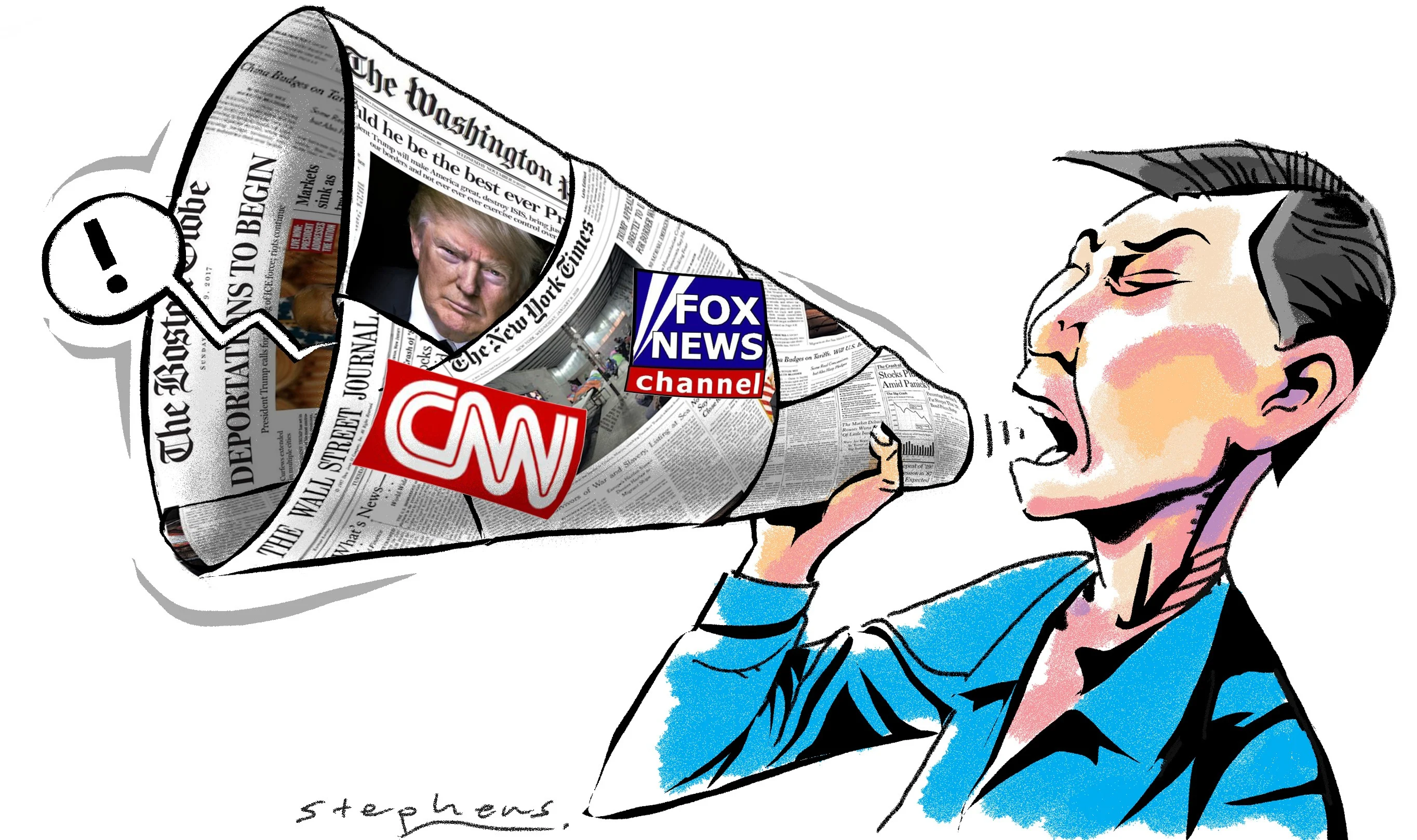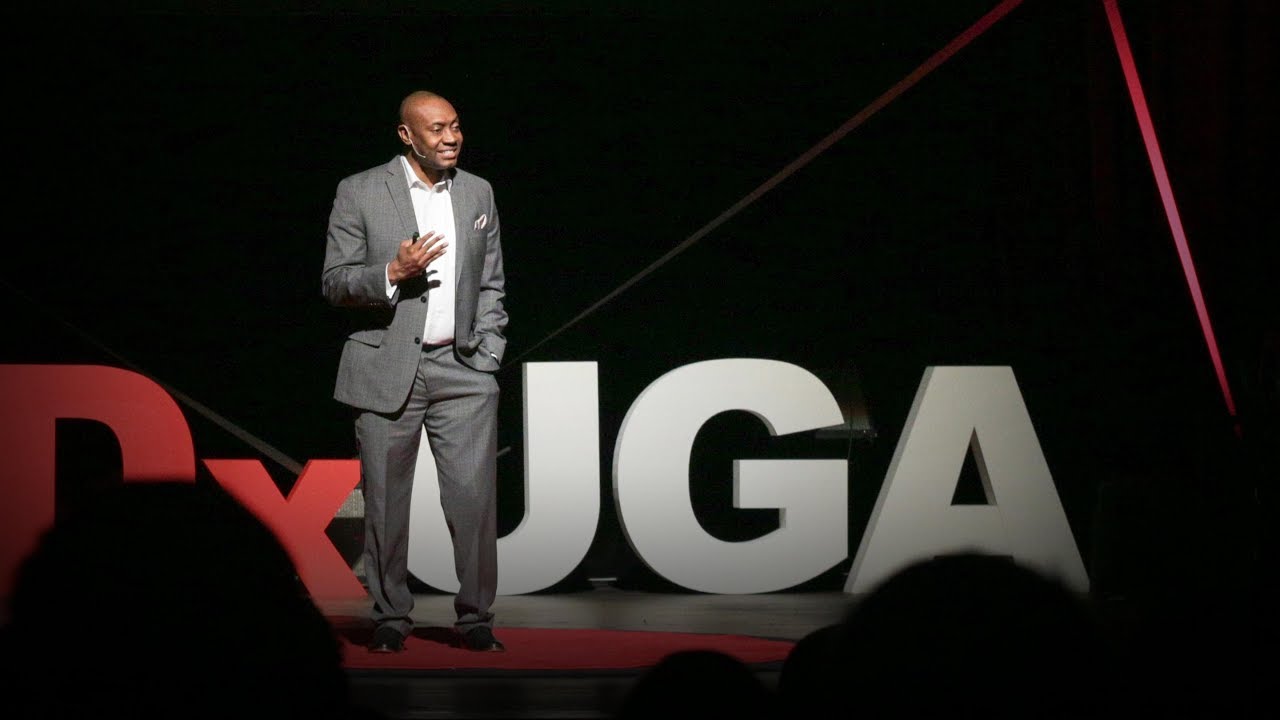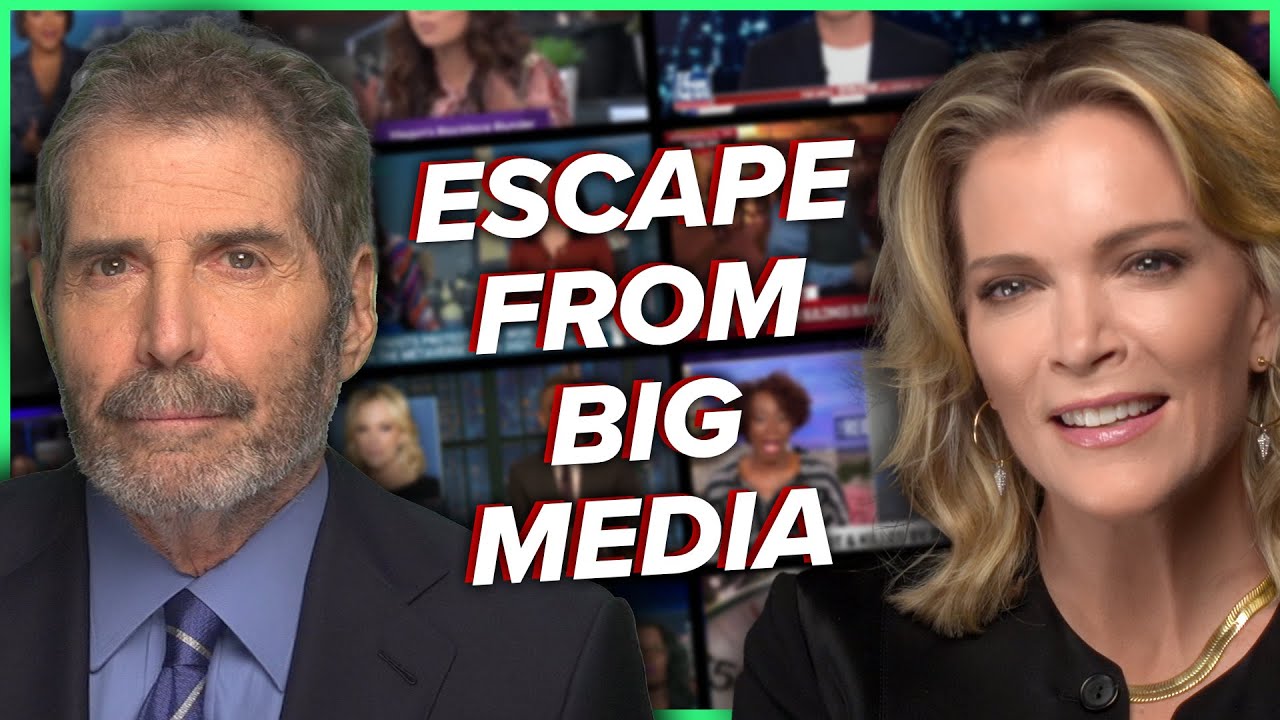The Basics Of Media Bias
There is a growing concern about media bias and its impact on the information we receive. In this article, we will explore what media bias is, its different types, and how it affects us.
Nov 11, 202243.6K Shares949.4K Views

In today's world, we rely heavily on the media to inform us about the events happening around us. From politics to entertainment, the media has the power to shape our opinions and beliefs. However, there is a growing concern about media biasand its impact on the information we receive. In this article, we will explore what media biasis, its different types, and how it affects us.
What Is Media Bias?
Media bias refers to the way in which news outlets may present information in a way that is slanted towards a particular political ideology or agenda. This can occur in various forms such as selectively reporting facts that support a particular viewpoint, omitting certain details that may contradict the narrative, and using loaded language to shape opinions.
Types Of Media Bias
There are several types of media bias that can occur, including:
Partisan Bias
Partisan biasrefers to the media's tendency to favor one political party or candidate over the other. This type of bias can be seen in the way news outlets cover election campaigns, where they may give more favorable coverage to one candidate while portraying the other in a negative light.
Ideological Bias
Ideological bias refers to the media's tendency to promote a particular ideology or belief system. This can manifest in the way news outlets frame certain issues, such as gun control or climate change, in a way that supports a particular agenda.
Corporate Bias
Corporate bias refers to the way in which news outlets may prioritize the interests of their parent companies over objective reporting. This can lead to certain stories being downplayed or ignored altogether if they conflict with the financial interests of the parent company.
Sensationalism
Sensationalism refers to the media's tendency to prioritize sensational or shocking stories over important news. This type of bias can be seen in the way news outlets cover celebrityscandals or crime stories, which may receive more coverage than more significant events happening around the world.

3 kinds of bias that shape your worldview | J. Marshall Shepherd
How Media Bias Affects Us
Media biascan have a significant impact on how we perceive the world around us. When news outlets present information in a way that supports a particular viewpoint or agenda, it can influence our opinions and beliefs about certain issues. This can be especially problematic in the context of politics, where media coverage of political events and decisions can have a significant impact on public opinion.
Furthermore, media bias can lead to a lack of trust in the media as a whole. When people feel that the information they are receiving is not objective or unbiased, they may be less likely to trust news outlets and seek out alternative sources of information.
How To Identify Media Bias
Identifying media bias can be a difficult task, as it often requires a critical analysis of the information presented. However, there are several steps you can take to help identify bias in the media:
- Look for loaded language- pay attention to the words and phrases used in news articles. If they are emotionally charged or loaded with value judgments, it may indicate bias.
- Check multiple sources- getting information from multiple sources can help you get a more complete picture of a story and identify any discrepancies in the reporting.
- Be aware of selective reporting- if a news outlet is only reporting on certain facts or events that support a particular viewpoint, it may indicate bias.
- Consider the source- understanding the political leanings and biases of a news outlet can help you interpret their reporting in a more informed way.
How To Address Media Bias
Addressing media bias requires a collective effort from both the media outlets themselves and the consumers of news. News outlets should strive to provide objective and unbiased reporting, and make efforts to correct any errors or inaccuracies in their reporting. Consumers of news can also play a role in addressing media bias by actively seeking out diverse sources of information, being critical of the information presented, and holding news outlets accountable for their reporting.
Examples Of Media Bias
There are numerous examples of media bias that can be seen in the news today. One recent example is the coverage of the 2020 United States Presidential Election. Many news outlets were accused of partisan bias, with some being accused of favoring Democratic candidate Joe Biden while others were accused of favoring Republican incumbent Donald Trump.
Another example is the coverage of climate change. While the majority of scientists agree that climate change is a real and pressing issue, some news outlets have been accused of downplaying or denying the severity of the problem. This can be seen as a form of ideological bias, where news outlets are promoting a particular viewpoint that may not be supported by the scientific community.
Finally, the coverage of protests and social movements can also be a source of bias. Some news outlets have been accused of sensationalism, prioritizing the most dramatic or violent aspects of protests over the underlying issues and motivations behind them. This can create a distorted view of events and may perpetuate negative stereotypes or biases about certain groups or movements.

Megyn Kelly On Media Bias
The Importance Of Fighting Media Bias
Fighting media bias is essential for a healthy democracy. The media plays a crucial role in informing the public and shaping public opinion. If the media is biased, it can have a significant impact on how people perceive events and issues, which can ultimately affect their voting behavior and policy preferences. Biased reporting can also contribute to the polarization of society, as people become more entrenched in their beliefs and less willing to engage with opposing viewpoints.
Furthermore, media bias can undermine public trust in the media and erode the credibility of journalists. This can have serious implications for the media's ability to fulfill its role as a watchdog and hold those in power accountable.
What You Can Do To Fight Media Bias
There are several things you can do to fight media bias and promote objective journalism:
- Consume news from a variety of sources - this will help you get a more complete picture of a story and avoid the pitfalls of selective reporting.
- Fact-check news stories- before sharing a news story on social media or in a conversation, take a moment to fact-check the story and verify its accuracy.
- Hold journalists accountable- if you see biased reporting or inaccuracies in the media, reach out to the journalist or news outlet and demand accountability.
- Support independent media- independent medialike Washington Independent outlets are often less beholden to corporate interests and more committed to objective journalism.
People Also Ask
What Is Bias In The Media?
Bias in the media refers to the tendency of journalists, news outlets, or other media organizations to favor certain perspectives or viewpoints over others in their reporting. This bias can manifest in several ways, including through selective reporting, loaded language, and sensationalism.
How Does Media Bias Affect Society?
Media bias can have significant effects on society, as it can shape public opinion and influence people's beliefs and attitudes. When news outlets are biased, they may not present all sides of an issue or may present information in a way that is skewed or misleading. This can contribute to polarization and a lack of understanding between different groups in society. Media bias can also erode trust in the media and undermine its role as a watchdog and accountability mechanism.
What Is Bias Examples For Students?
Examples of bias that students may encounter in the media include political bias, where news outlets favor one political party or candidate over another; ideological bias, where news outlets promote a particular ideology or worldview; and sensationalism, where news outlets prioritize dramatic or sensational events over important issues or events.
Other forms of bias may include racial or gender bias, where news outlets perpetuate negative stereotypes or fail to give equal coverage to diverse perspectives.
Conclusion
Media bias is a complex and nuanced issue that can have significant implications for our society. By being aware of the different types of bias that can occur, taking steps to identify it, and holding news outlets accountable, we can help ensure that the information we receive is objective, unbiased, and trustworthy. As consumers of news, it is our responsibility to remain vigilant and informed, and to demand the highest standards of journalistic integrity from our media outlets.
Latest Articles
Popular Articles